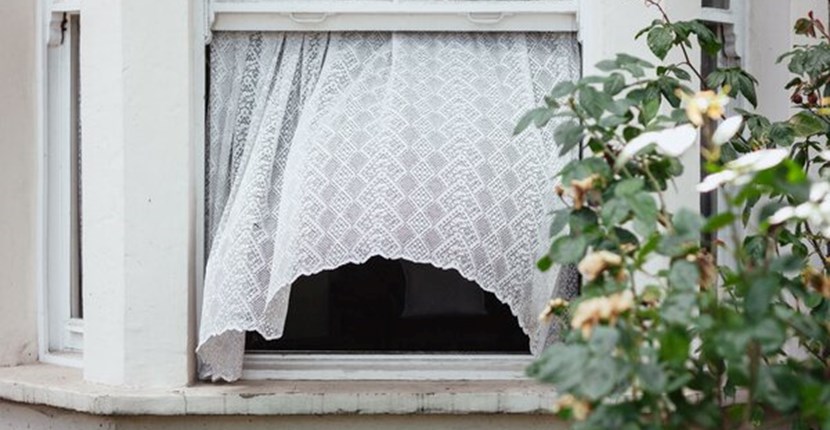Posted on 12 11 2022
Are open Windows a Better Option than Ventilation Systems in Summer

A homeowner recently said that the room temperature in his home was disproportionately hot for the weather condition at the time. It was a still day in early summer, and he had the ventilation system tuned on to circulate air while he worked on repairs inside the home. But instead of creating the freshness he had expected, the moving air seemed to be getting hotter by the minute. His indoor air was stifling!
We can explain why. When the sun shines on a house without the benefit of wind blowing across the roof, heat builds up in the ceiling cavity. During summer, the temperature in this space can rise to 60 degrees. Many of the ventilation systems operating in New Zealand houses circulate air through the ceiling cavity and into rooms throughout the house. In doing so, they draw heat down into the living space.
You’d think it would be best to turn off your ventilation system in summer, but modern ventilation systems have built-in features which turn them off automatically when the roof space is too hot. Older systems require owners to adjust manually. If your system is new and doesn’t turn off automatically, check that it is set correctly.
There are many advantages to opening windows regularly. They allow air and light into your home to keep you cool and give you that mood-lifting feeling of being outdoors while you go about your day indoors. Opening doors and windows is a more cost-effective solution, but it lets in lots of particles that can affect your and your family, well-being, such as dust, allergens, pollen, and black mould.
The World Health Organisation says that a lack of fresh air can cause damage to the human immune system and increase the risk of developing chronic diseases. With that being said, the air is filled with pollen and small particles. A modern ventilation system filters the air to 0.3 microns, which is excellent for those suffering from asthma or hay fever.
Contact the Greenside team if you want more information on home ventilation systems.